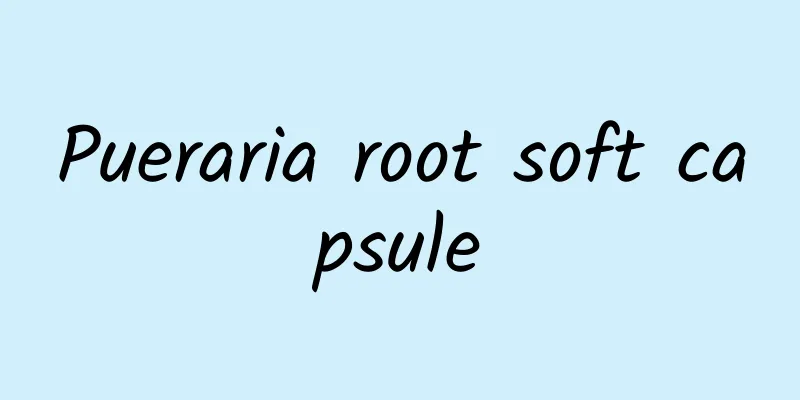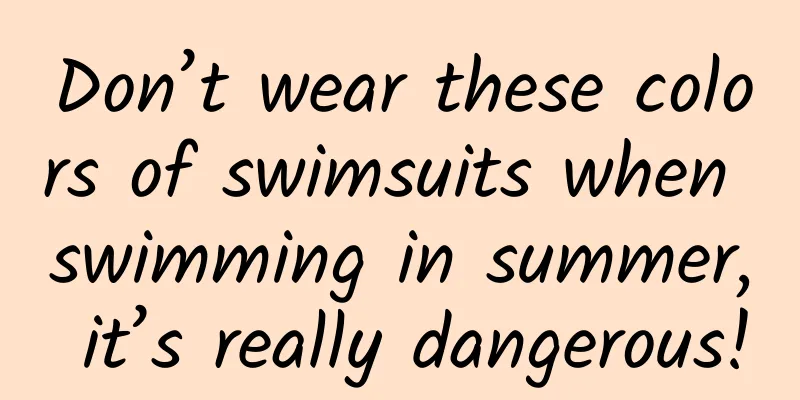The nature, flavor and efficacy of Pseudostellaria heterophylla

|
Pseudostellariae pseudoginseng can be said to be a common Chinese medicinal material, and perhaps it is not unfamiliar to everyone. This medicine is commonly used to treat insufficient qi and blood in the body, cold hands and feet, especially medicines similar to Ophiopogon japonicus. It may be unfamiliar to many friends who do not understand Chinese medicine, and have never heard of what kind of effect this type of medicinal material has. The following article will introduce it to you in detail. Radix Pseudostellariae, also known as baby ginseng and children's ginseng, the nature, flavor, meridians and effects of Radix Pseudostellariae are briefly described as follows. 1. Nature, flavor and meridians of Radix Pseudostellariae Radix Pseudostellariae is sweet in taste, warm in nature and non-toxic. It enters the heart, spleen and lung meridians. 2. The efficacy of Pseudostellaria heterophylla Prince ginseng is a tonic and qi-replenishing medicine. Prince ginseng nourishes the spleen and lungs, replenishes qi and produces body fluids. It is used to treat cough due to lung deficiency, poor appetite due to spleen deficiency, palpitations, restlessness, edema, thirst, and mental fatigue. 1. Used for poor appetite and fatigue caused by weak spleen and insufficient stomach yin. It can strengthen the spleen and nourish the stomach yin. It is often used together with yam, dendrobium, etc. However, its ability to nourish the spleen is not as good as that of Codonopsis pilosula. 2. Used for lung deficiency, dry cough, palpitations, insomnia, deficiency heat and excessive sweating due to qi deficiency and body fluid loss. It can replenish qi and produce body fluid. For treating cough due to qi deficiency and lung dryness, it is combined with Northern Adenophora Root and Ophiopogon japonicus. For treating palpitations, insomnia and excessive sweating due to qi and yin deficiency, it is combined with Ziziphus jujuba seed and Schisandra chinensis. However, its ability to replenish qi, benefit yin and promote body fluid is weaker than that of American ginseng. Pseudostellaria heterophylla 3. Usage and Dosage of Pseudostellariae Radix For internal use: decoction, 10-30 grams. Contraindications: Not suitable for patients with strong external pathogens. 4. The compatibility of Radix Pseudostellariae 1. Combined with Ophiopogon japonicus, it nourishes the lungs, moistens the lungs and nourishes yin. It is most suitable for treating lung deficiency cough caused by lung yin deficiency. 2. When combined with Astragalus, the tonic effect is greatly enhanced, and it is often used to treat fatigue and weakness. 3. Combined with Atractylodes macrocephala, it can nourish the spleen and lungs. It can also treat asthenia, fatigue and weakness. From the above article, we have learned about the nature and flavor of Pseudostellaria baicalensis. First of all, the editor here recommends to all friends that Pseudostellaria baicalensis is a common medicine. As long as we use it reasonably, we can achieve the ideal effect. At the same time, the mild nature and flavor of Pseudostellaria baicalensis can help us regulate kidney health. |
<<: What are the medicinal properties of iron leaves?
>>: What Chinese medicine is good for kidney tonification?
Recommend
Nature published an article to confirm: Can dreams really predict the future?
gossip “Has dreaming predicted the future been sc...
7 kinds of "aging agents" hidden in daily food, try to avoid them as much as possible!
This article was reviewed by Zhu Hongjian, Chief ...
eMarketer: Global e-commerce sales to exceed $4 trillion in 2020
Despite the challenges facing the retail industry...
What is the difference between cooling at 26℃ and heating at 26℃? Why do pineapples need to be immersed in salt water? Come and learn more
Turn on the air conditioner in winter Set to &quo...
Elevators not only fall, but also rush to the top! You need to know these self-rescue tips →
Since the 1990s, elevators have become popular in...
What are the effects of black wolfberry
Black wolfberry has the same benefits to the huma...
What are the Chinese medicine formulas for nourishing kidney yin deficiency?
Kidney deficiency is a common symptom in life. It...
Side Effects of Polygonatum
Traditional Chinese medicine is very common. Ther...
Review of 16 children's face creams: Dryness, redness, and peeling, your child's face is finally saved!
In autumn and winter, the weather becomes dry and...
The pilot's last patron saint - ejection life-saving system
The movie "Lord of the Skies" depicts t...
What are the medicinal values of Schisandra chinensis
Wuweizi is a very common Chinese medicine. It is ...
Do B2B companies need experience management?
With the maturity of the overall economic environ...
The efficacy and function of Dawanhua
The gypsophila acuminata is a medicinal herb that...
How to eat wolfberry nutritiously
In daily life, I believe many friends have seen t...









